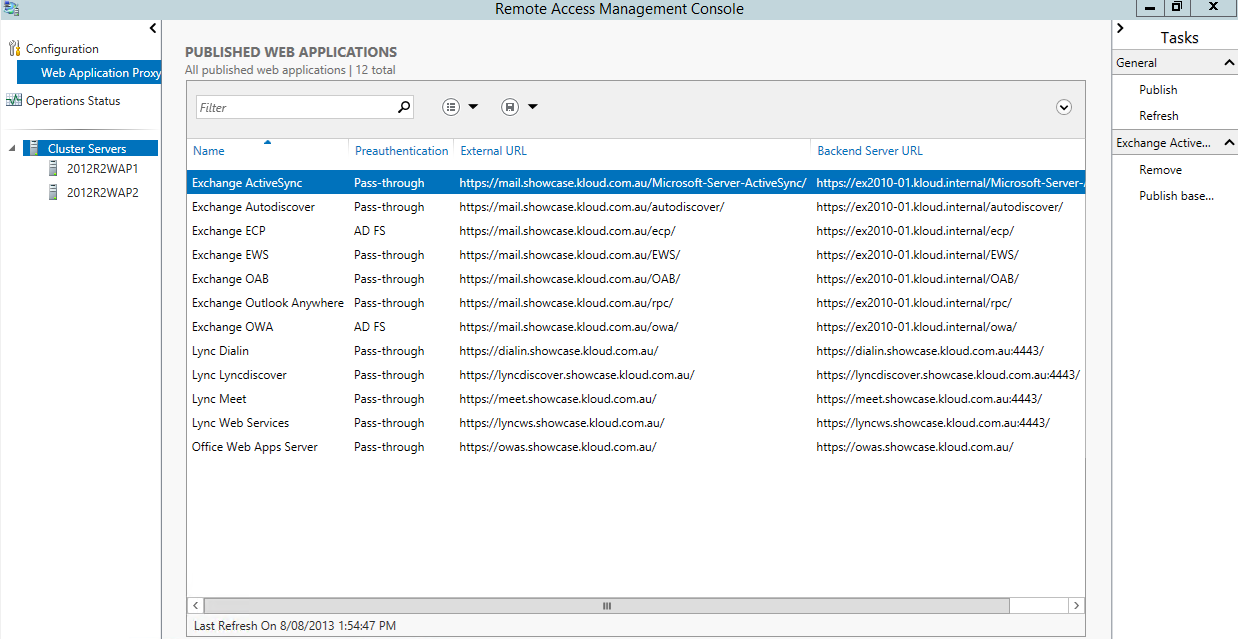The NRMA engages Kloud to develop a group-wide intranet solution to improve usability and collaboration
Customer Overview
The National Roads and Motorists’ Association (the NRMA) is Australia’s largest member-owned organisation, with 2.4 million members across New South Wales and the Australian Capital Territory. In recent years the NRMA has expanded beyond its original roadside offering, to help members across a broad range of services, including NRMA MotorServe service centres, NRMA Emergency Home Assist, NRMA Travel, holiday accommodation through NRMA Holiday Parks and car rental, where NRMA owns Thrifty Car Rental in Australia and New Zealand.… [Keep reading] “The NRMA engages Kloud to develop a group-wide intranet solution to improve usability and collaboration”

